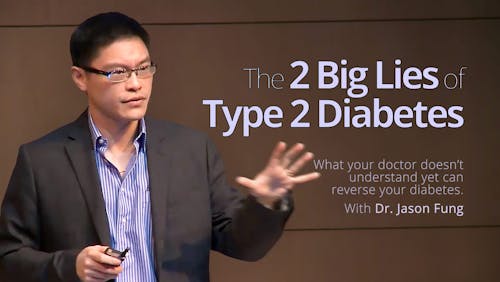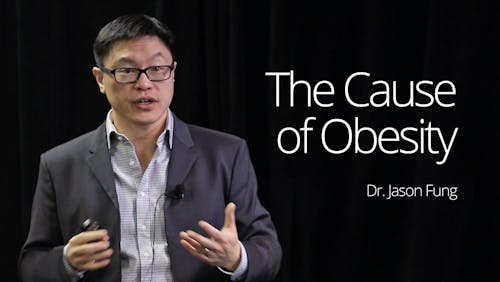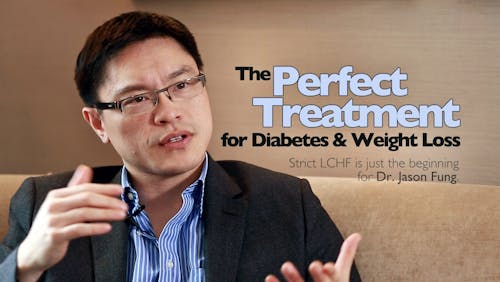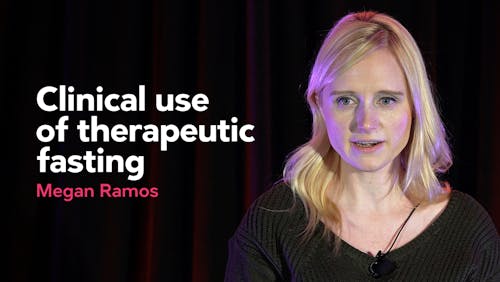Time-restricted eating hits the main stage

It seems like low-carb lifestyle and time-restricted eating have become almost synonymous. When it comes to weight loss, treating metabolic syndrome, or reversing diabetes, low-carb and time-restricted eating are a powerful one-two punch.
But here is the surprising part. There is precious little research proving time-restricted eating fights metabolic disease.
We have hundreds of doctors on our low-carb doctors page who will tell you it works.
We have 18 doctors on our medical review board and low-carb expert panel together who will attest to how low-carb and time-restricted eating have revolutionized their practice.
But the research has lagged behind the clinical experience.
Now, it finally looks like it is catching up. Dr. Pam Taub at UCSD and Dr. Satchin Panda at The Salk Institute published a pilot study in Cell Metabolism showing that time-restricted eating is effective for weight loss, insulin resistance, and metabolic health.
They enrolled 19 patients with metabolic syndrome and had them eat during a maximum 10-hour window and fast for a minimum 14-hour window. They made no other interventions. Specifically, they didn’t regulate the number of calories or meals eaten, or the type of foods selected. They simply changed the timing of patients’ food intake.
At the end of 12 weeks, subjects had an average 6.6 pound (3 kilo) weight loss, 3% reduction in body fat, and their waist was 4.4 cm slimmer. According to researchers’ statistical estimation, patients’ visceral-fat loss appeared to be more pronounced than weight loss alone, and was likely due to the specific weight-loss technique. (The study does not prove this, but does suggest it.)
The study also reports improved blood pressure (5 mmHg systolic and 6 mmHg diastolic), a 7% decrease in LDL-C, a 21% decrease in fasting insulin and 30% improvement in HOMA-IR (a marker of insulin resistance).
However, the insulin and HOMA-IR changes were not significant, in large part due to the small sample size. And that brings up the main drawback to this study: it was a small, unblinded, nonrandomized pilot study. It’s not the type of study that will cause major medical societies to take note and change guidelines. But it is a great first step.
As senior author Dr. Pam Taub said in an interview with me,
Patients diagnosed with metabolic syndrome are at a crucial tipping point where the disease process can be reversed. However, many of the proven lifestyle changes are difficult to make. From a clinical perspective, time-restricted eating is one of the simplest regimens to follow and I tell all of my patients with CV risk factors to do this. But we wanted to go further and study time-restricted eating in a rigorous, well-designed clinical trial. This initial trial was a great success, and we are currently conducting a larger randomized controlled study funded by NIH to understand the mechanisms by which these benefits occur. We hope the results of this trial will help time-restricted eating get into the guidelines.
We agree! At Diet Doctor, we aim to help millions of people transform their health and their lives. We don’t need guidelines to do that, but they would sure make life easier! Including time-restricted eating in major medical guidelines would lend instant credibility and could help skeptical healthcare practitioners adopt it as part of their routine practice.
Plus, keep in mind how simple this intervention was. Simply eat in a 10-hour window. That’s it. Think of how much more powerful it could be combined with low-carb nutrition and regular physical activity. Hopefully that research is coming in the near future as well.
Until that time and beyond, we will continue to provide you with the most up to date information on low-carb, time-restricted eating and other options with proven benefits for your health.
Thanks for reading,
Bret Scher, MD FACC
More
Intermittent fasting for beginners
Time-restricted eating – a detailed intermittent fasting guide





















